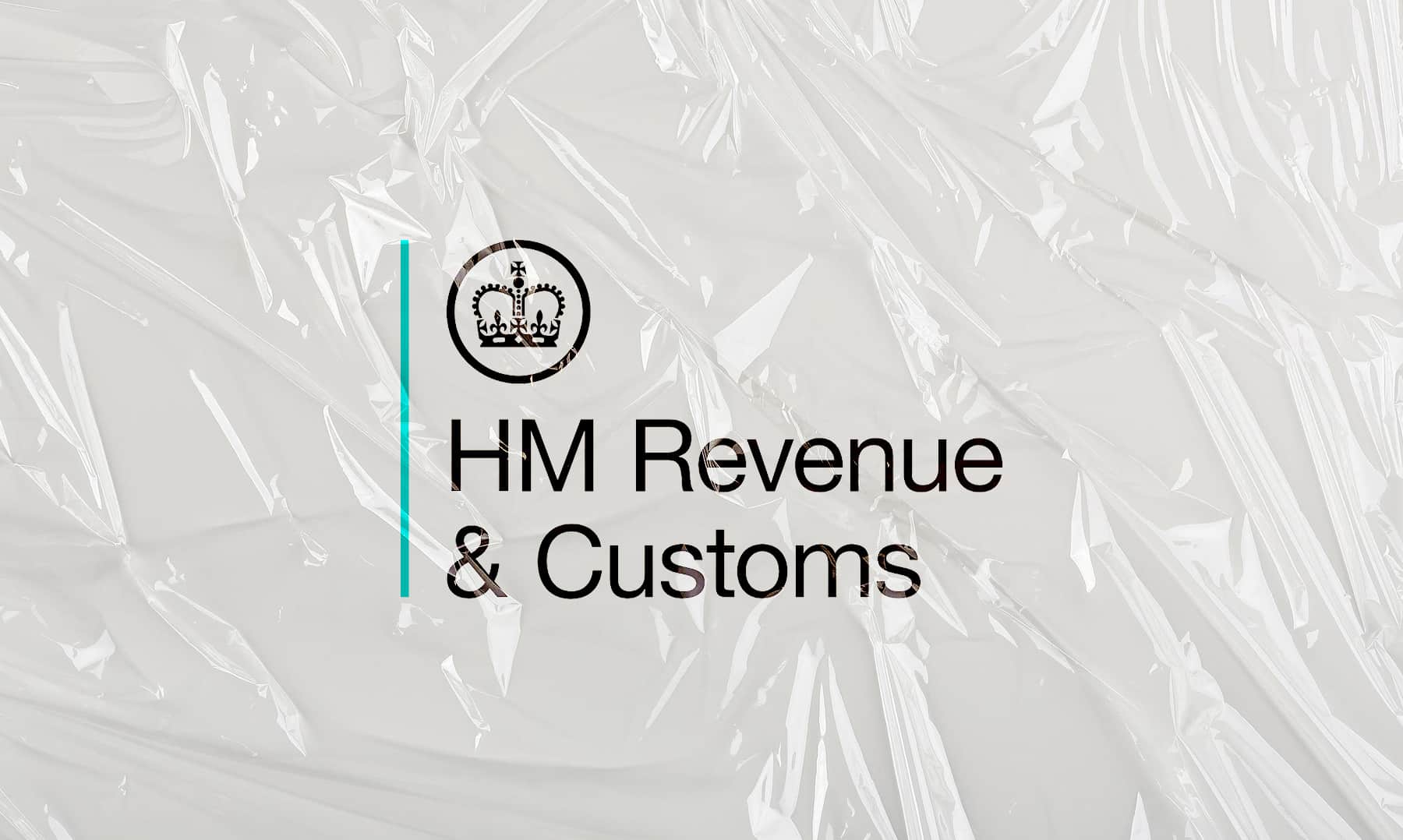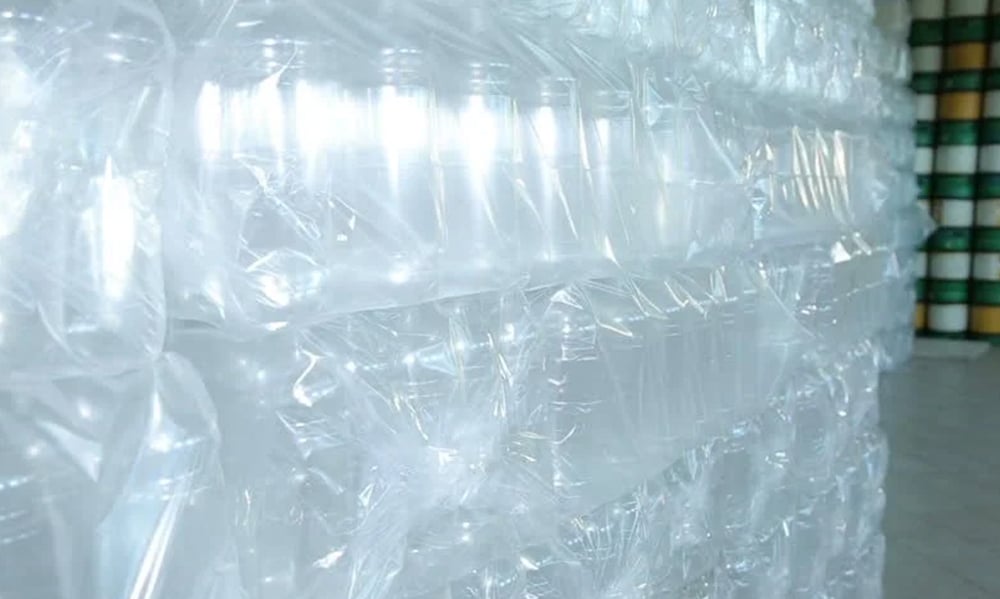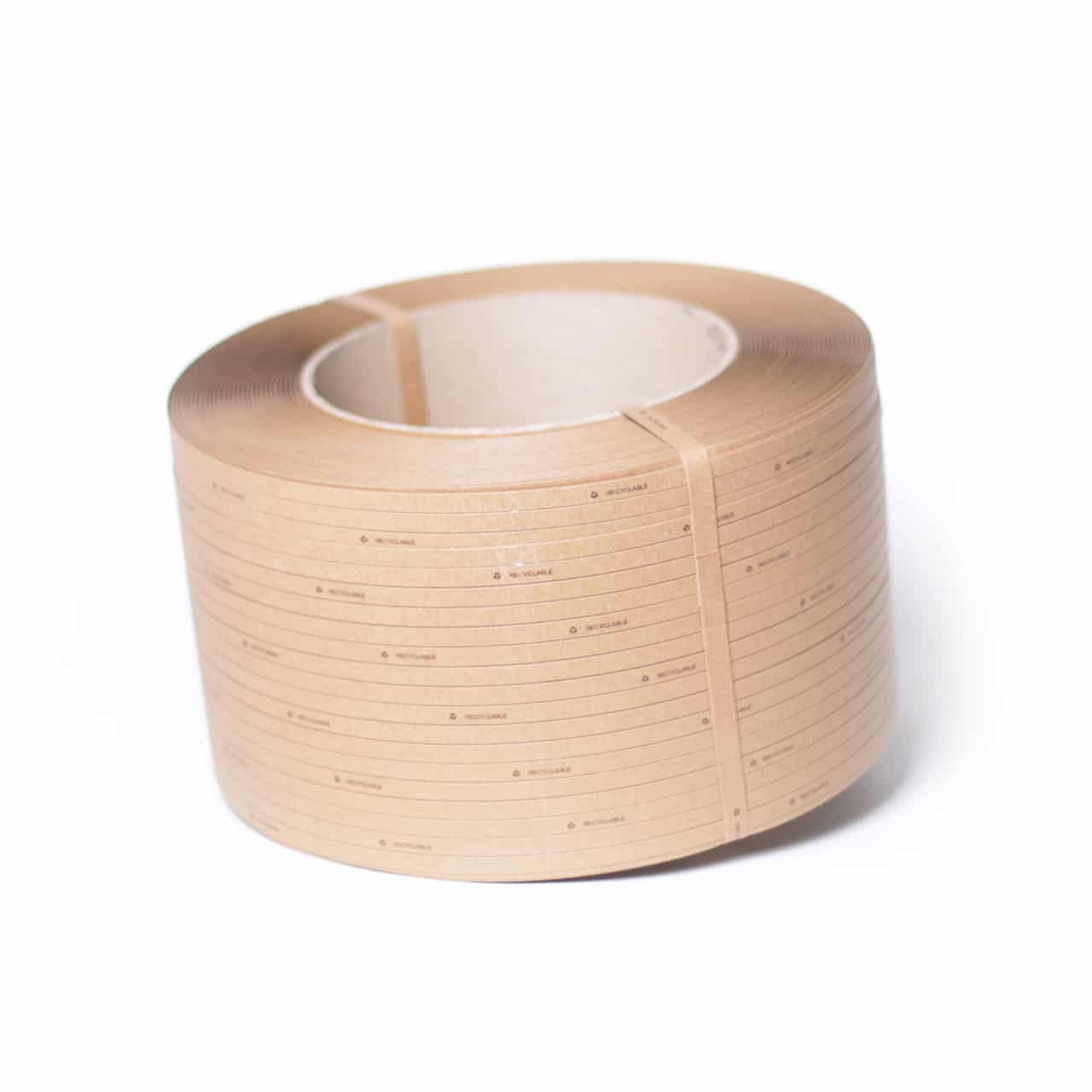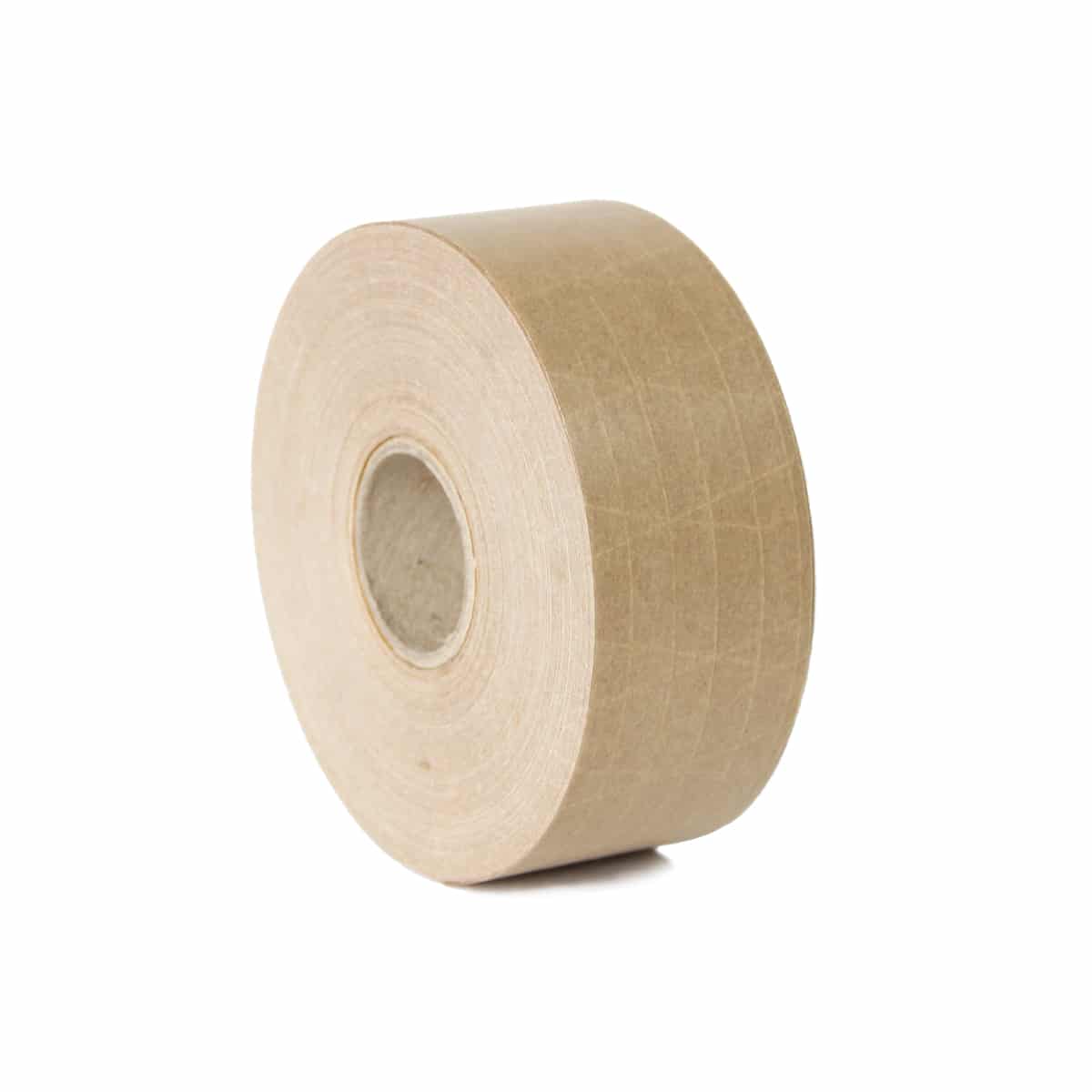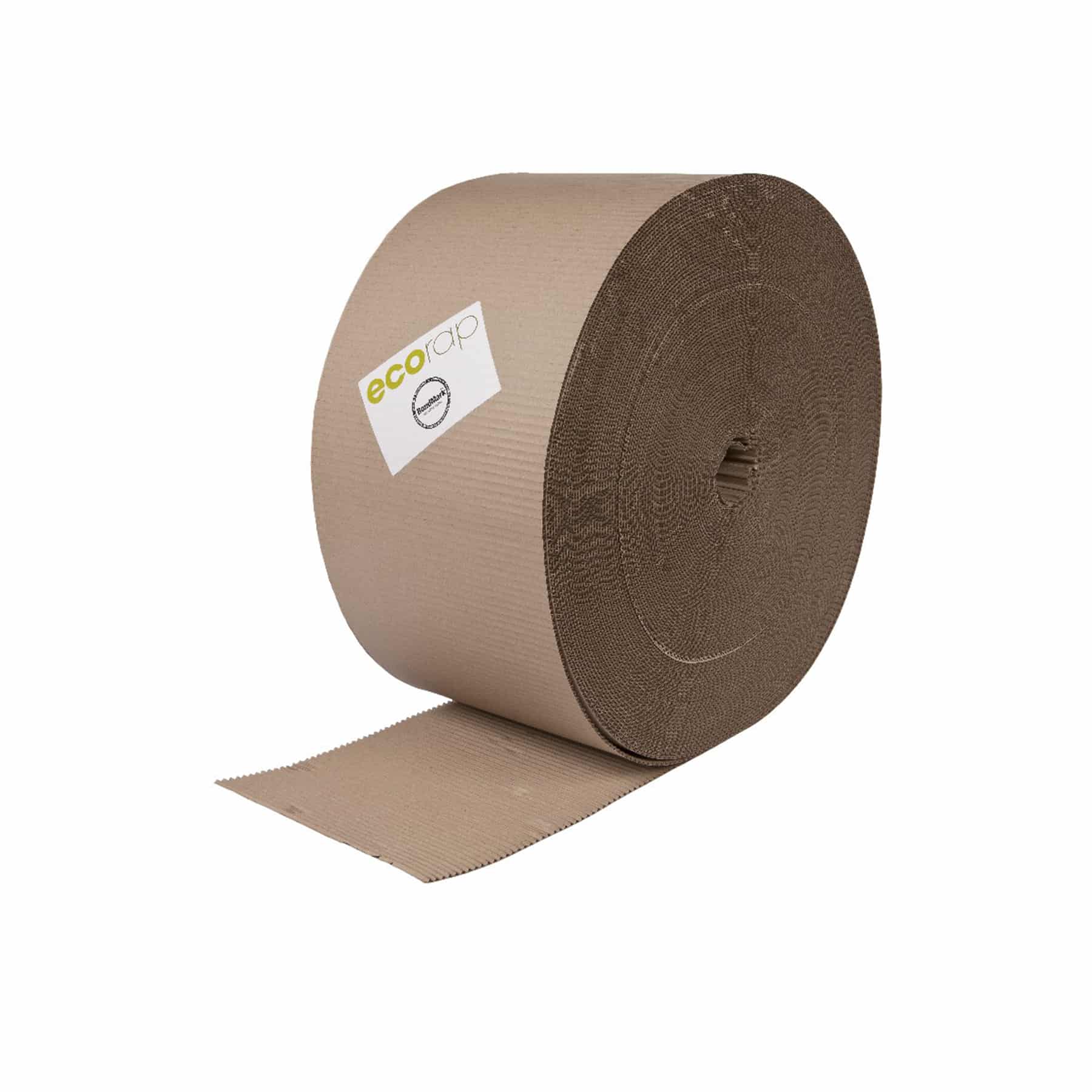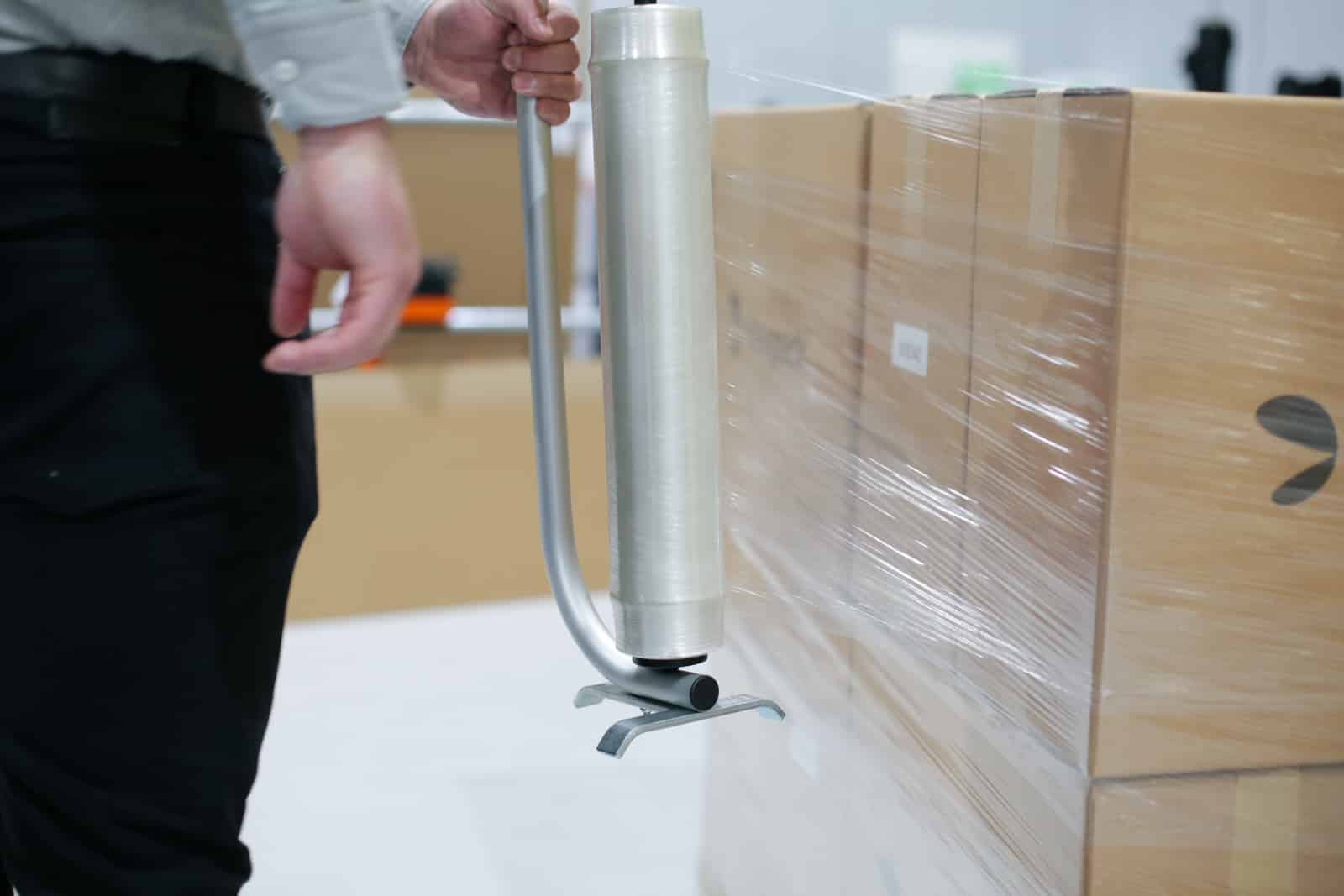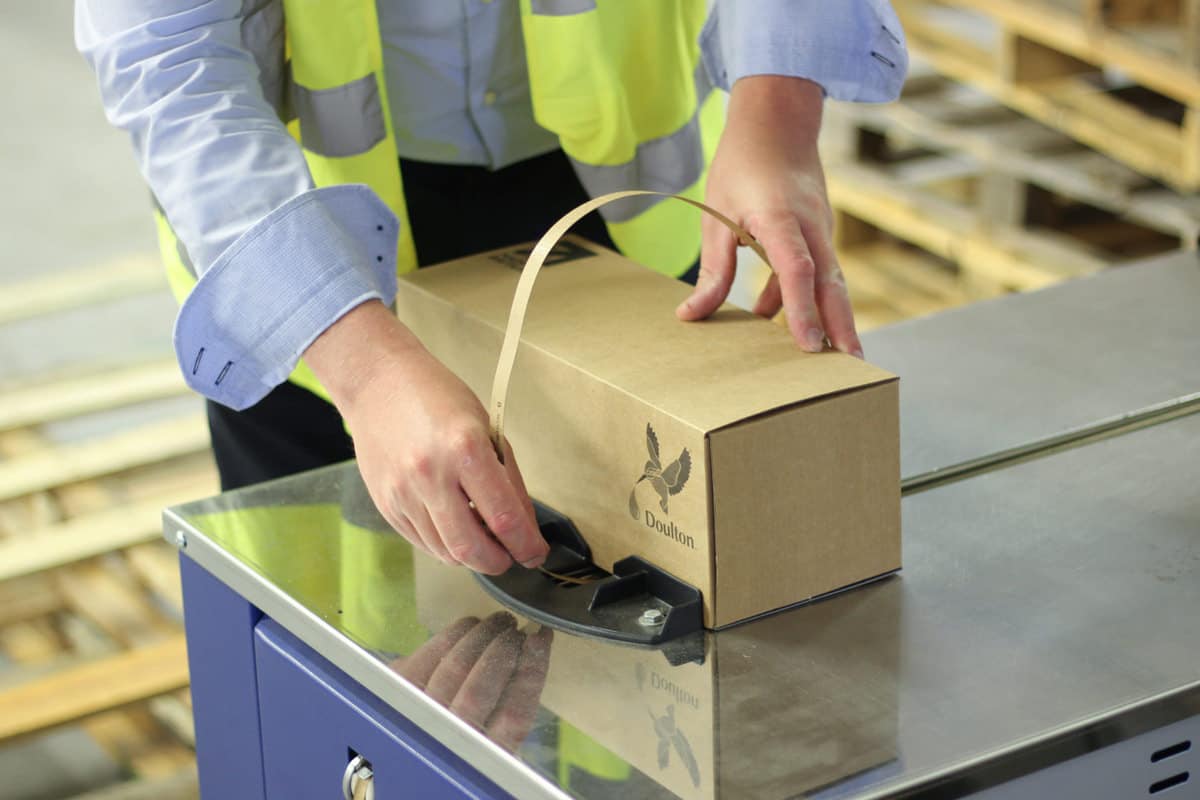What’s Considered Liable?
Central to the tax is the 30% recycled content figure. What is not clear however is how rounding/units of measurement will impact this. The wording in the draft legislation refers to being liable if it contains “less than 30%” recycled content by weight, but given the scale of packaging liable under the tax a gram each way could have significant impact on liability. 30.00% compared to 29.99% may make little difference to a single bottle or cap, but over a full production batch of thousands of components it may become an issue.
The role of packaging like products is still relatively uncertain. Packaging sold as a product (e.g. cling film or sandwich bags) is likely to be considered liable packaging. There is, however, still uncertainty as to exactly where the packaging versus product divide will sit, and whether the scope of the tax should be included to include plastic products as well as packaging.
“We are hoping to see a secondary/final draft of legislation in 2021”
Packaging sold as a retail product such as cling film is likely to be considered liable. We also don’t know what role biobased, biodegradable and compostable plastics will play. As the role of novel plastics grows in the packaging sector, increasing pressure is being applied to HMRC to consider whether their inclusion in the tax should be continued. The latest stance from HMRC is that all plastic types, including novel variants are to be included in the tax; however, this has been left as “subject to change”, so a switch of position is possible.
HMRC has indicated that liable businesses will be required to report on the plastic packaging that they handle, including both the tonnage of ‘liable’ and ‘exempt’ packaging manufactured or imported, as well as any subsequent exports. What is currently unknown is what format this data will need to be provided in. It is possible that a data table system (similar to that used for the Producer Responsibility Obligations) may be used. The data reporting requirements are of significant interest to businesses looking to integrate their tax obligations within any existing accounting systems.
Still Learning
Whilst a lot of work has been done by government on this tax, there are still a few key areas where information is missing.
The Next Move!
We are hoping to see a secondary/final draft of legislation in 2021, preferably within the first half of the year to allow maximum time for businesses to adapt. Many producers have already begun preparing for the plastic tax, but, with significant change in the future of environmental legislation and waste management due over the next two years, time is beginning to run short.
Need help or guidance on the new plastic tax? Get in touch with us today:
Call: 01743 242900
Email: sales@maxpack.co.uk

